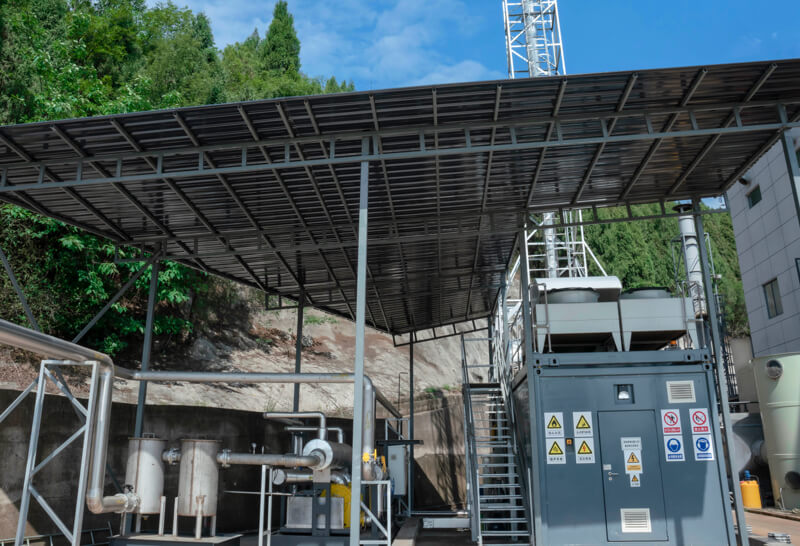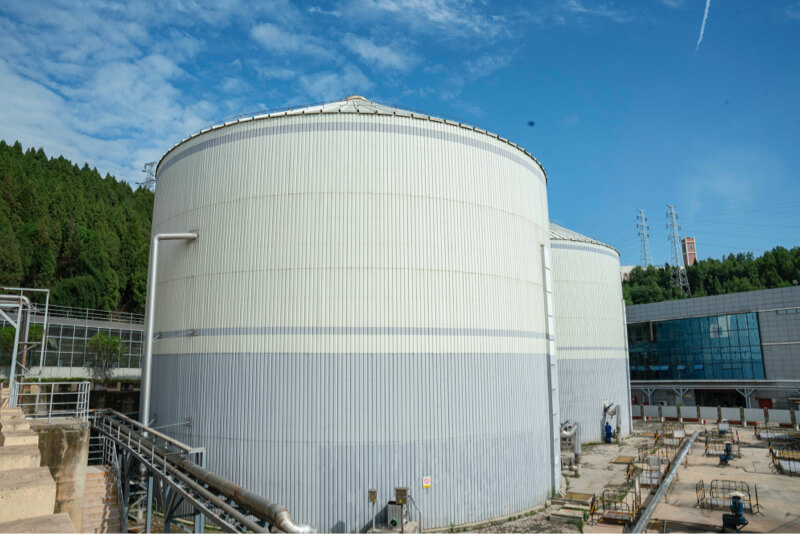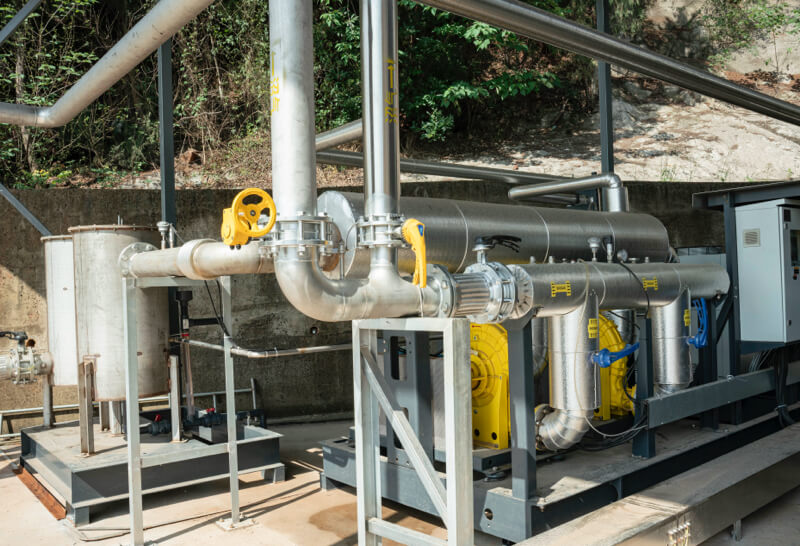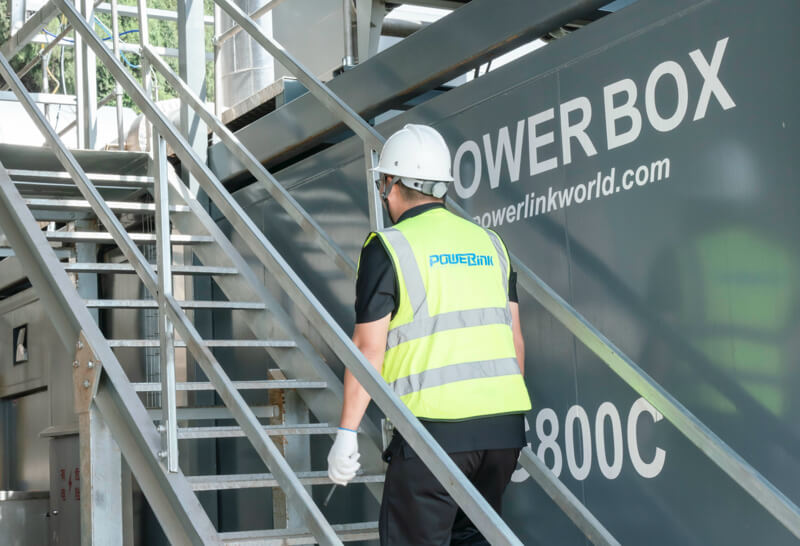Cogeneration Systems: How They Work and Their Benefits
As industries and businesses continue to seek ways to improve energy efficiency and reduce operational costs, one innovative solution has stood out—cogeneration. Also known as combined heat and power (CHP), cogeneration systems are revolutionizing how we produce and consume energy.
By capturing and utilizing heat that would otherwise be wasted, these systems provide a more efficient and sustainable way to generate both electricity and thermal energy. In this blog, we’ll dive into what cogeneration is, how it works, the key characteristics and types of cogeneration systems, and the benefits they offer.
What Is Cogeneration?
Cogeneration, or combined heat and power (CHP), refers to the simultaneous production of electricity and useful heat from a single energy source. In a typical power generation system, much of the energy is lost as waste heat.
However, cogeneration systems capture this waste heat and use it for various purposes, such as heating buildings, industrial processes, or generating hot water. By doing so, cogeneration significantly increases energy efficiency and reduces fuel consumption, making it a more sustainable and cost-effective alternative to traditional power generation methods.
Cogeneration can be applied to a wide range of industries, including manufacturing, district heating, commercial buildings, and even residential settings. The key idea behind cogeneration is to maximize the efficiency of energy production by using both the electricity and the heat that is produced as a byproduct of the process.
Key Characteristics of Cogeneration Systems
Cogeneration systems are unique in that they combine two essential functions—power generation and heat production—into a single, integrated system. Some of the key characteristics of cogeneration systems include:
Simultaneous Production of Electricity and Heat: Unlike conventional power plants that only produce electricity, cogeneration systems provide both electricity and thermal energy at the same time, making the most of the fuel input.
Higher Efficiency: Cogeneration systems can achieve efficiencies of up to 80% or higher, compared to conventional power plants, which typically operate at efficiencies of around 30% to 40%. This is because the heat generated during electricity production is captured and reused rather than wasted.
Reduced Carbon Emissions: By increasing energy efficiency, cogeneration systems help reduce greenhouse gas emissions. The reduction in fuel consumption and the utilization of waste heat results in a more sustainable approach to energy production.
Versatility in Fuel Sources: Cogeneration systems can run on various fuels, including natural gas, biomass, coal, and even waste heat from industrial processes. This makes them a flexible option for different applications and energy needs.
4 Types of Cogeneration Systems
There are four primary types of cogeneration systems, each designed for specific applications and energy needs. These systems differ in their configuration, efficiency, and fuel sources, and they can be customized to meet the requirements of different industries.
Back Pressure Cogeneration
Back pressure cogeneration systems are the most common and are typically used in industrial settings. In this system, steam produced by the power generation process is directed to the facility’s heating system. As the steam expands through a turbine, it generates electricity. The remaining steam is then used for heating or other industrial processes.
Back pressure systems are ideal for facilities with consistent thermal energy requirements, as they allow for continuous, simultaneous generation of electricity and heat. The efficiency of the system is dependent on how well the heat produced can be utilized in the facility.
Combined Cycle Cogeneration
Combined cycle cogeneration systems utilize both a gas turbine and a steam turbine to generate electricity. The gas turbine produces electricity, and the waste heat from the gas turbine is used to generate steam that powers the steam turbine, producing additional electricity.
This type of cogeneration system is typically more efficient than a back pressure system because it makes use of both gas and steam turbines to capture and convert heat energy. Combined cycle systems are ideal for large-scale industrial applications that require high electricity production and significant thermal energy.
Simple Cycle Cogeneration
In simple cycle cogeneration, a single turbine is used to generate electricity, and the waste heat produced is used for heating purposes. This type of system is more straightforward than combined cycle cogeneration but typically has lower efficiency since only one energy conversion process is utilized.
Simple cycle systems are ideal for applications where heat is the primary requirement, and electricity generation is secondary. They are commonly used in small industrial or commercial settings where energy needs are moderate.
Organic Rankine Cycle (ORC) Cogeneration
Organic Rankine Cycle cogeneration systems use an organic fluid with a lower boiling point than water, such as refrigerants, to produce power. The organic fluid absorbs heat and is vaporized, driving a turbine that generates electricity. The waste heat from this process is then used for heating or other thermal applications.
ORC systems are ideal for low-temperature heat sources, such as geothermal energy or waste heat from industrial processes. They are highly efficient at converting low-grade heat into electricity and thermal energy.
How Does a Cogenerator Work?
At the heart of a cogeneration system is the cogenerator, which simultaneously produces both electricity and heat. The basic operation begins with fuel—typically natural gas, biomass, or other sources—being introduced into a combustion chamber or heat exchanger. This fuel is burned or processed to create heat, which is then used to generate steam or hot gases. The energy produced powers a turbine or engine, driving electricity generation.
The waste heat from this process is captured and repurposed for heating. It can be directed to a heat exchanger to warm water or air, or it can be utilized directly for industrial processes, heating systems, or district heating networks. The generated electricity is distributed for use within the facility, while the heat is sent to the areas where it’s needed. This dual-purpose system ensures that both forms of energy are used efficiently, optimizing overall energy consumption.
Technologies and Operating Process of a Cogenerator
The technologies used in cogenerators vary depending on the type of cogeneration system. For example, back pressure systems use steam turbines, while combined cycle systems incorporate both gas and steam turbines. Organic Rankine Cycle systems rely on organic fluids to capture low-grade heat. In all cases, the basic operating process is the same—capture and utilize waste heat to improve energy efficiency and reduce fuel consumption.
Modern cogeneration systems are highly automated, with sensors, controllers, and monitoring systems that ensure optimal operation. These systems allow for precise control over temperature, pressure, and fuel input, ensuring that both electricity and heat are produced at the required levels.
Benefits of Cogeneration
Cogeneration systems offer several benefits that make them an attractive option for a wide range of applications:
Increased Energy Efficiency
Cogeneration systems can achieve efficiency levels of up to 80% or more, compared to traditional power plants that operate at much lower efficiencies. By capturing and utilizing waste heat, cogeneration systems make the most of the fuel input, reducing energy waste.
Cost Savings
By using both electricity and heat from a single energy source, cogeneration systems can reduce fuel costs and lower energy bills. In many cases, the savings from reduced energy consumption offset the initial investment in the cogeneration system.
Environmental Benefits
Cogeneration systems help reduce greenhouse gas emissions by using less fuel to produce the same amount of energy. The reduction in fuel consumption results in lower emissions, making cogeneration a more sustainable and eco-friendly energy solution.
Energy Reliability
Cogeneration systems provide a reliable and consistent source of energy. They are particularly useful in areas with unstable electricity grids or where there is a need for continuous heat and power generation.
Flexibility
Cogeneration systems can be adapted to a wide range of energy needs, from small commercial buildings to large industrial operations. They can be customized to match the specific energy requirements of the application, ensuring optimal performance and efficiency.
Who Uses Cogeneration?
Cogeneration systems are used in a variety of industries and applications, including:
Manufacturing: Industrial plants use cogeneration to meet both electricity and heating needs, improving efficiency and reducing costs.
Commercial Buildings: Large buildings, such as hotels, hospitals, and office complexes, use cogeneration systems to provide reliable energy and reduce utility bills.
District Heating: Cogeneration systems are used in district heating networks, where excess heat is distributed to nearby buildings or facilities.
Waste Heat Recovery: Cogeneration systems can be used to capture waste heat from industrial processes, such as chemical manufacturing or metal production, to generate additional power and reduce energy waste.
Explore Cogeneration Solutions with PowerLink
If you’re considering implementing a cogeneration system for your business or facility, it’s important to choose a trusted provider who can offer the right solutions for your energy needs. PowerLink is a leading provider of high-efficiency cogeneration systems, offering customized solutions that are designed to meet the specific energy requirements of your facility.
By investing in a cogeneration system from PowerLink, you can take advantage of the many benefits of combined heat and power, including reduced fuel consumption, lower emissions, and improved energy reliability.
Conclusion
Cogeneration systems represent a powerful solution for industries and businesses seeking to maximize energy efficiency and reduce operating costs. By producing both electricity and useful heat from a single energy source, these systems offer a more sustainable and cost-effective way to meet the growing demand for energy. Explore the possibilities of cogeneration today and discover how it can benefit your operations.




